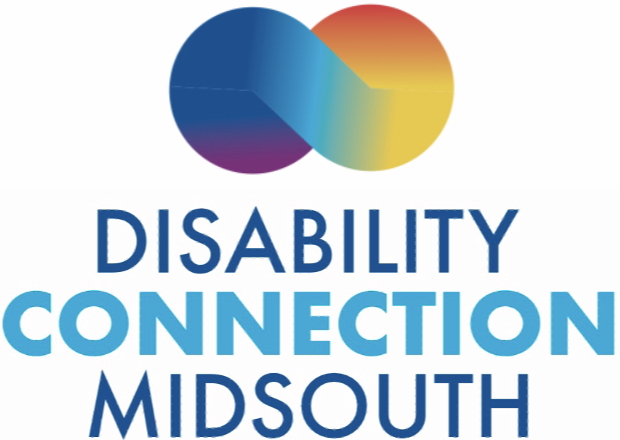Analysis of the MCIL annual “704 Report”
MCIL has made progress this year despite the move. Most significantly, with the loss pass-through funds and state program funds, the overall annual report will show a healthy growth of consumers despite stagnant funds for Independent Living services.
First is the overall growth rate of consumers. We have reported in previous years a slow decline, however; this year, the Center shows a sharp turn-around in the number of consumers served. We have over 70% increase over the past reporting year 2016 - 2017, and about 20% more than the reporting year before that of 2015 - 2016. Our overall total of consumer served this reporting year is about 35% lower than the high of 2012 - 2013.
MCIL has increased the number of consumers served, the number of new consumers and the rate of consumers closed. The chart shows not only the total number of consumers served, but it shows the number of “carry-over consumers.” It is important to continue to show a decrease in the number of “carry-over consumers,” so that the Center does not report on consumers that are not meeting their goals or have stagnated.
I do not believe our growth will continue at this pace, but the growth, matched with decreased carry-over is a good sign. I suspect that we will have more closed consumers in the coming reporting year and that services will level off as staff improves on data reporting, Independent Living plans, and we reach our staff capacity of service.
>
The above chart shows the change in Center funding over the past six years. State and fee-for service are the largest drops over the past two years, but also notice that the Part C funding has not remained constant and dropped over the past reporting period.
Each year we report on the racial makeup of the consumers that MCIL serves. This year shows little difference from last in the racial break-down of our community.
This chart, I believe shows a healthy consistency in the types of disabilities over the past three reporting periods. I believe there is a “smoothing out” of the overall trend as MCIL works to reach out to people with all types of disabilities in our community. Still, there is a noticeable dip in our service to people with hearing disabilities and we can improve in our reporting of people with multiple disabilities. I am proud that we do not use the “other” category even though it shows up in our federal report.
Finally, I have set aside the break-down of the age of our consumers. It is important to note that the majority of MCIL consumers, nearly two-thirds (61.8%), are in the “working age” category. This area was the focus of the Independent Living from its roots in Vocational Rehabilitation. Still, almost 30% of consumers are over 60 and we have had a small increase in the percentage of young consumers of transition age.
Notes on this year's CIL Program Project Performance Report
You may not wish to read the entire "MCIL 704 Report," but the Center has a history of always making this report public. Each year the Program Directer does some analysis on the report and uses the annual numbers to help the Executive Director and Board of Directors to guide MCIL in effectively working to accomplish our mission.
Following are notes and highlights from the report. There is a link to the MCIL Program Project Performance Report at the end of this blog.
- This year you will find photos and active links in the report. The Center has long felt that communication often lacks connection and too often our community relies on paperwork and forms that have been passed-down for generations without a real evaluation of their impact and effectiveness. We hope that MCIL will not only provide you with written information, but also visual, video, description and audio information in accessible and usable formats. I hope that we can provide our community and the Memphis public with information that reflects our passion for equality and dedication to civil rights.
- After four years of decline, this year MCIL had an increase in the number of consumers, an increase in the number of consumers served, an increase in the number of new consumers.
- We increased the number of consumers closed. The Program Director reports that this is a healthy trend. One reason for the decline in consumers over the past four years is the stagnation of many of the Consumer Service Records. The Center was not fastidious in "closing consumers" so many remained in the database while they were not actively pursuing goals.
- MCIL showed an increase in service provision this year, while still dealing with the large loss of overall funding.
- The type of disability shows a small "leveling off." MCIL serves people with all types of disabilities, but in the past we have had an overwhelming number of people with physical disabilities compared to other types of disabilities. Our largest service population is still people with physical disabilities, but this year we show a trend of serving a wider variety and thus physical disability is a smaller overall percentage.
- While in the past MCIL reported any consumer contact as an "Information and Referral," in this 704 we make it a point to only report on I&R that we follow-up on. MCIL believes that information can be the most powerful tool of consumers; however, it is also critical that they get good information and we distinguish between "Information and Referral to a Consumer," and I&R to the public or non-consumers. By making and tracking this distinction, MCIL is more responsive to the individual goals of people with disabilities who ask us for information.
- Please read the success story on pages 26 - 27.
- Our new workplan (also on the web) is part of this report.

No comments:
Post a Comment